Capturing the Beauty of Blooming Flowers: Essential Tips for Nature and Flower Photography
Flower and nature photography offer endless opportunities to capture the vibrant colors and intricate details of the natural world. Whether you’re a seasoned photographer or just starting, these tips will help you create stunning floral images that stand out.
Tips for Capturing Blooming Flowers
- Golden Hour Magic:
- The golden hours (shortly after sunrise and before sunset) provide soft, warm light that enhances the colors of flowers and creates beautiful shadows and highlights. This time is perfect for both macro shots and wider compositions.
- Macro Photography:
- Use a macro lens to capture the intricate details of flowers, such as the patterns on petals, the textures of leaves, and the tiny insects that visit. Get as close as possible to your subject to reveal these fascinating details.
- Background and Composition:
- A clutter-free background helps your flower subject stand out. Use the rule of thirds to create balanced compositions, and experiment with different angles to find the most appealing perspective.
- Depth of Field:
- Experiment with different apertures to achieve a shallow depth of field, which blurs the background and makes the flower the focal point. This technique can add a dreamy quality to your photos.
- Angles and Perspectives:
- Don’t just shoot from eye level. Try different angles—get down low, shoot from above, or capture the flower at its level to find the most compelling perspective.
- Natural Framing:
- Use surrounding elements like leaves, branches, or other flowers to frame your shot. This adds depth and context to your photos.
- Weather and Timing:
- Flowers often look their best in the early morning when they are fresh and covered in dew. Overcast days provide even lighting, reducing harsh shadows.
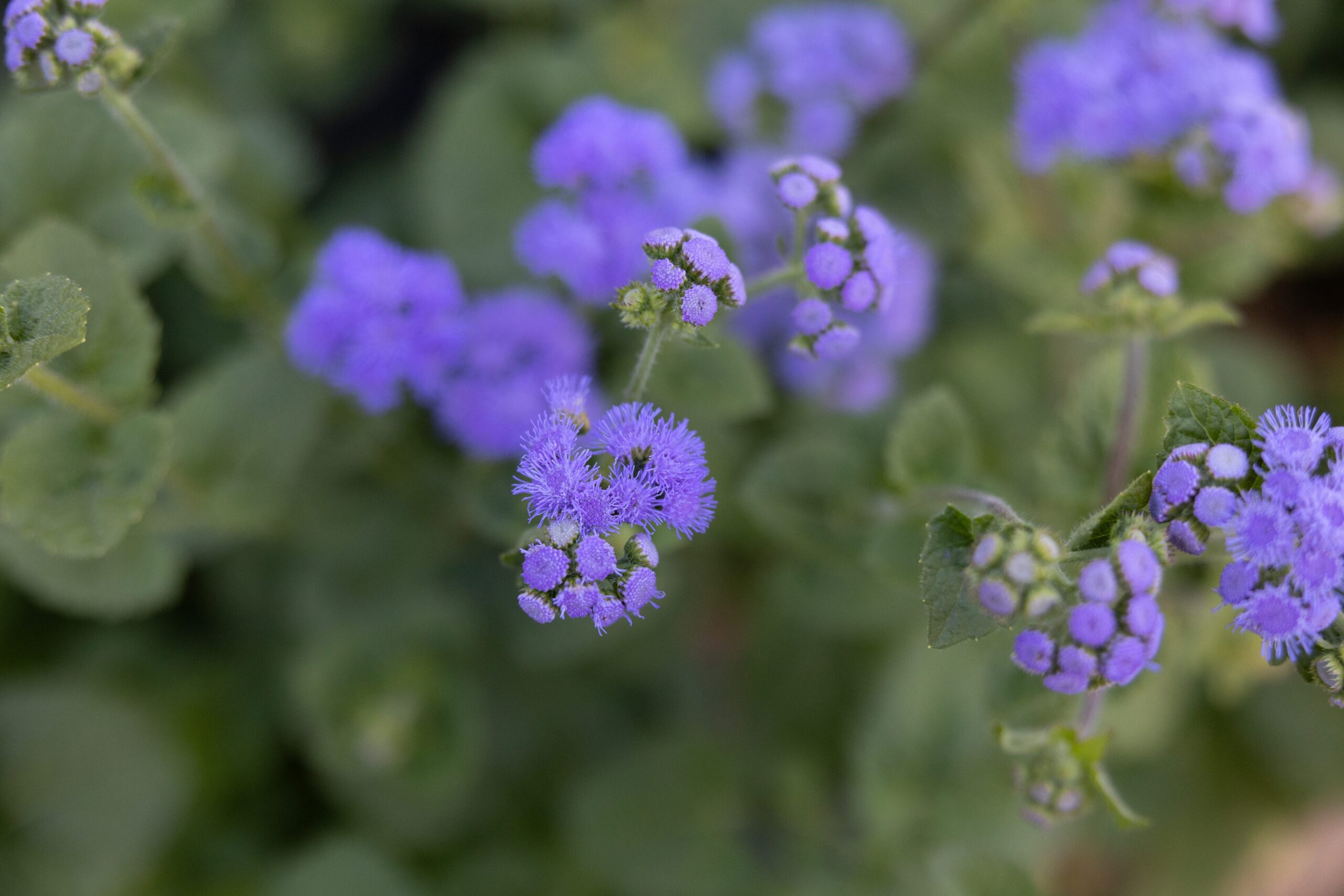
Creative Ideas for Flower Photography
- Water Droplets:
- Use a spray bottle to gently mist the flowers with water, creating sparkling droplets that add a magical touch to your photos. Early morning dew can also provide natural water droplets for a fresh, natural look.
- Incorporating Backgrounds:
- Experiment with different backgrounds to add context and interest to your flower photos. Use colorful paper, fabric, or natural elements like leaves and rocks to create a complementary or contrasting backdrop.
- Bokeh Effects:
- Create beautiful bokeh effects by using a wide aperture (low f-stop number) and positioning lights or other bright elements in the background. This technique adds a dreamy, blurred background that makes the flower stand out.
Ideal Times and Conditions for Flower Photography
- Early Morning: The light is soft, and flowers are often covered in dew, adding a fresh and magical element to your shots.
- Golden Hour: The warm light of the golden hour enhances the colors and textures of flowers, creating a beautiful glow.
- After Rain: Rain can add a fresh, clean look to flowers, with raindrops creating a natural sparkle and interest.
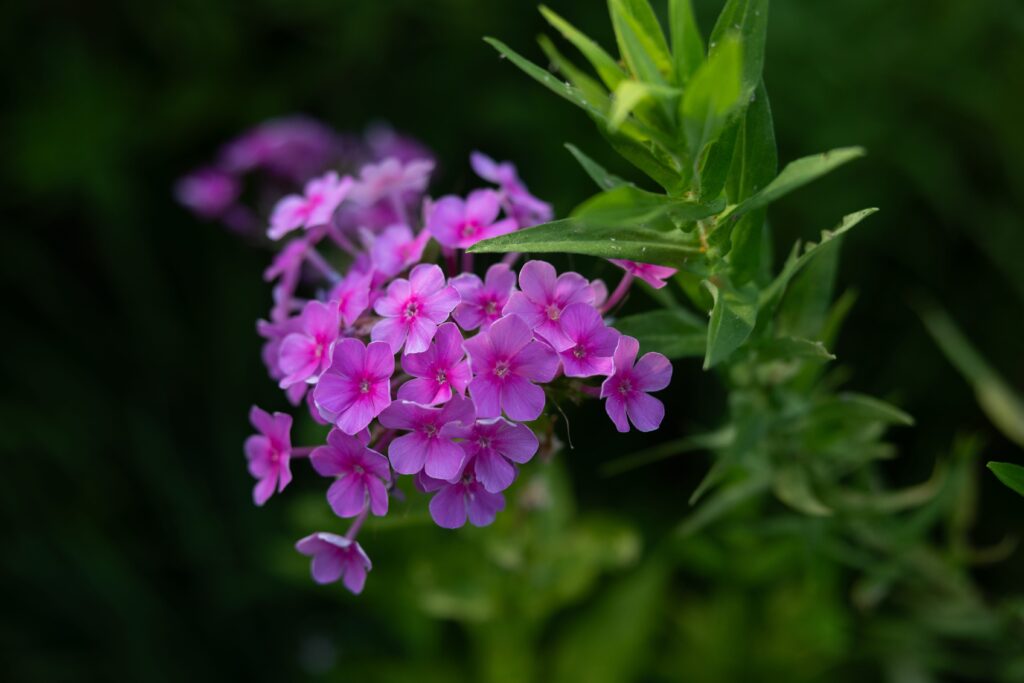
Flower Blooming Seasons in New York
- Spring (March to May): Daffodils, tulips, lilacs, and cherry blossoms are in full bloom, offering vibrant colors and delicate petals perfect for macro and portrait photography.
- Summer (June to August): Black-eyed Susans, sunflowers, lavender, and roses dominate the landscape, with long daylight hours and bright sunlight enhancing their vivid hues.
- Fall (September to November): Dahlias, asters, and chrysanthemums bloom in warm, earthy tones, complementing the season’s color palette and providing rich, harmonious compositions.
Tips for Photographing Portraits with Flowers
- Golden Hour Portraits:
- Use the soft, warm light of the golden hour to create flattering portraits with a natural glow. This light enhances skin tones and adds a beautiful ambiance to your photos.
- Outfit Colors:
- Choose outfits that complement the colors of the flowers. Neutral tones like white, beige, and pastels work well with most flower backgrounds, while bold colors can create a striking contrast.
- For a harmonious look, coordinate outfit colors with the flowers’ hues. For example, light blue or lavender outfits pair beautifully with fields of purple or blue flowers.
- Posing and Interaction:
- Encourage subjects to interact with the flowers, such as smelling them, holding a single bloom, or walking through a flower field. Natural interactions create authentic and engaging portraits.
- Props and Accessories:
- Incorporate props like hats, baskets, or blankets that complement the flower theme. These elements can add a storytelling aspect to your photos and enhance the overall composition.
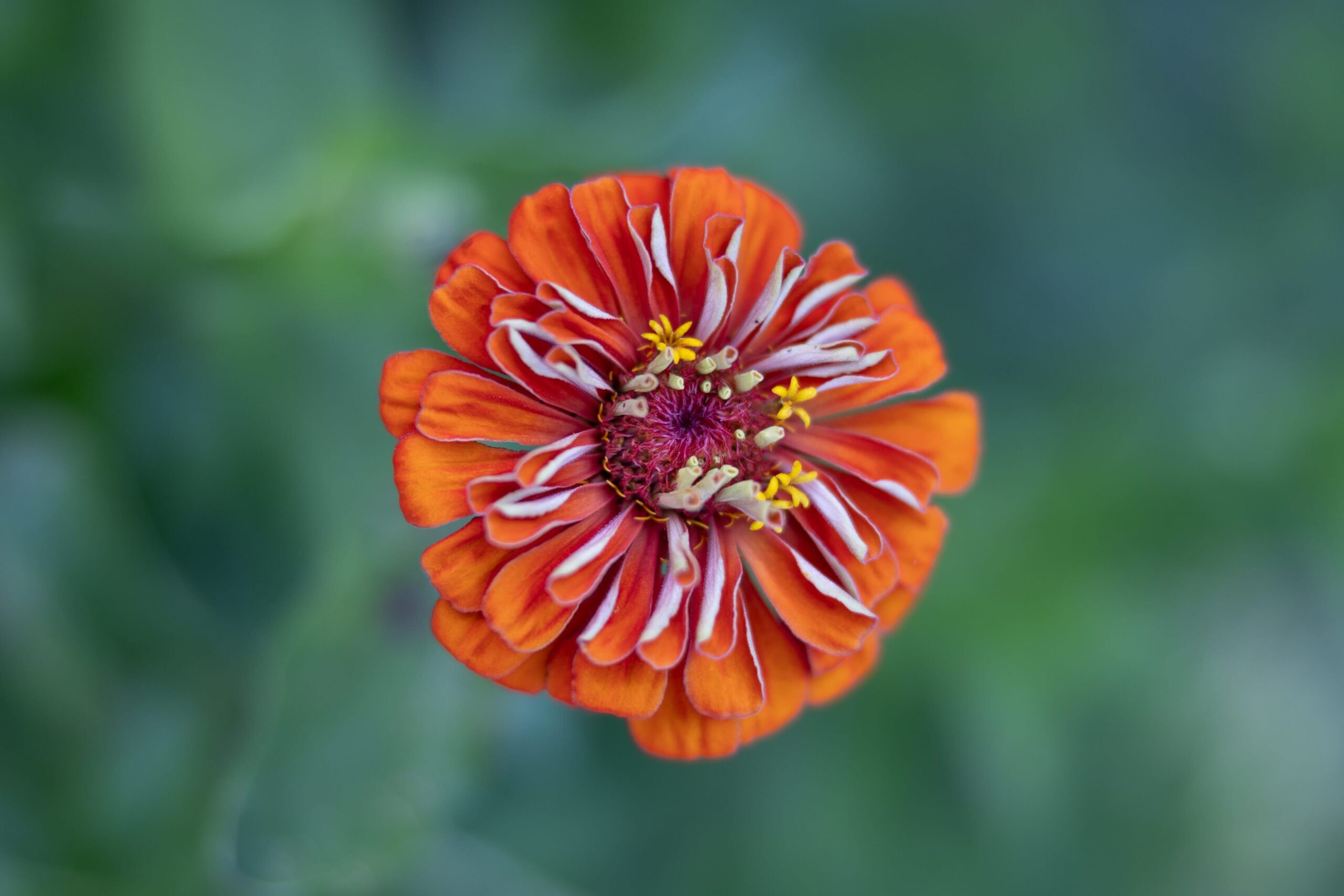
Frequently Asked Questions About Flower and Nature Photography:
Q1: What camera settings are best for flower photography?
A1: For flower photography, use a low ISO (100-200) to reduce noise, a wide aperture (f/2.8 to f/5.6) for a shallow depth of field, and adjust the shutter speed to match the lighting conditions.
Q2: How do I photograph flowers in harsh sunlight?
A2: Use a diffuser to soften the light, or shoot during the golden hour for softer lighting. Alternatively, seek shaded areas to avoid harsh shadows.
Q3: What are the best lenses for macro flower photography?
A3: A dedicated macro lens (such as 100mm f/2.8) is ideal for capturing intricate details of flowers. Extension tubes can also be used with standard lenses to achieve macro effects.
Q4: How can I improve my nature photography skills?
A4: Practice regularly, study the work of other photographers, and experiment with different techniques and perspectives. Joining photography workshops and groups can also provide valuable feedback and inspiration.
Q5: What are some creative ideas for flower photography?
A5: Experiment with water droplets, incorporate interesting backgrounds, and try different bokeh effects. Seasonal projects, like capturing spring blooms or autumn leaves, can also provide unique photographic opportunities.
Flower and nature photography is not just about capturing the beauty of blooms but also about conveying the emotions and stories behind each image. By understanding the ideal times, conditions, and techniques for photographing flowers and incorporating them into portraits, you can create stunning and memorable images that resonate with viewers. So, grab your camera, explore the blooming landscapes, and let your creativity blossom!
Inquire about wildflower mini sessions here!
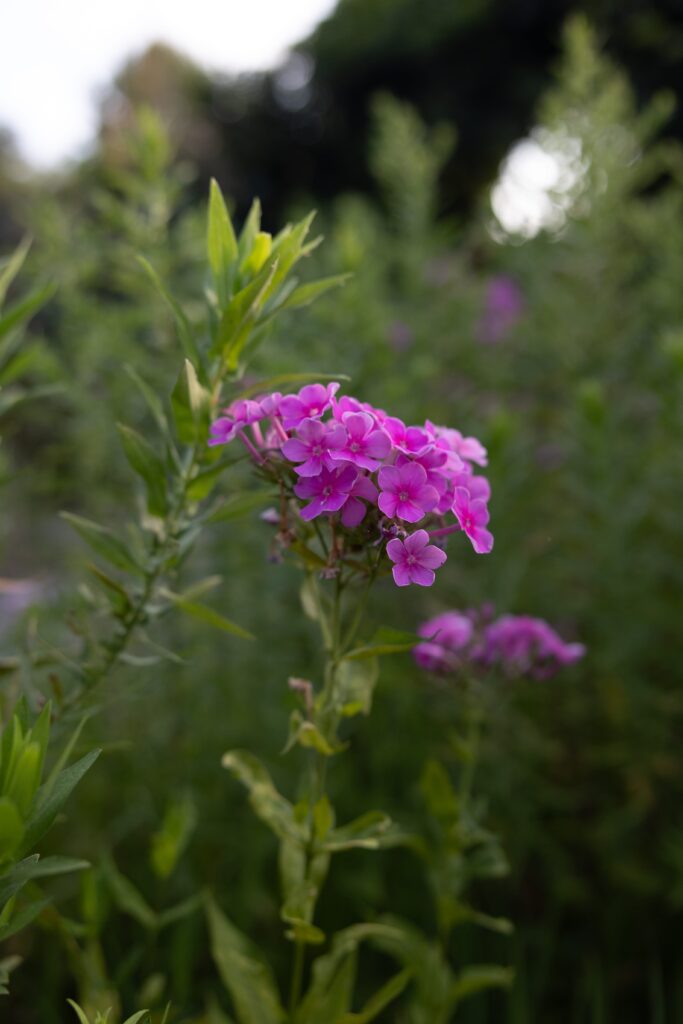
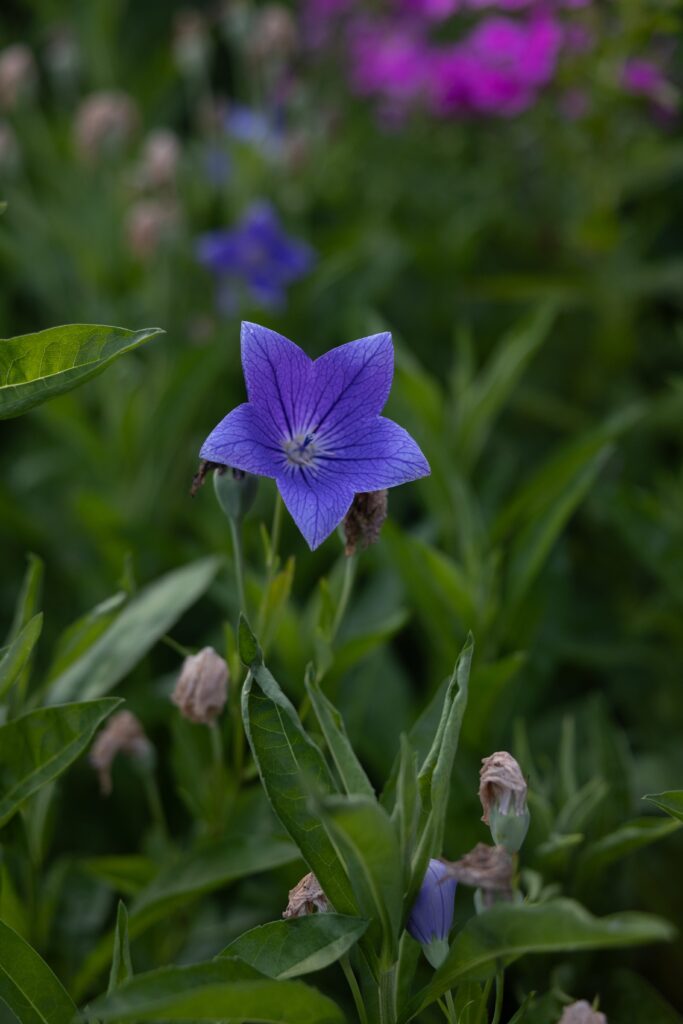
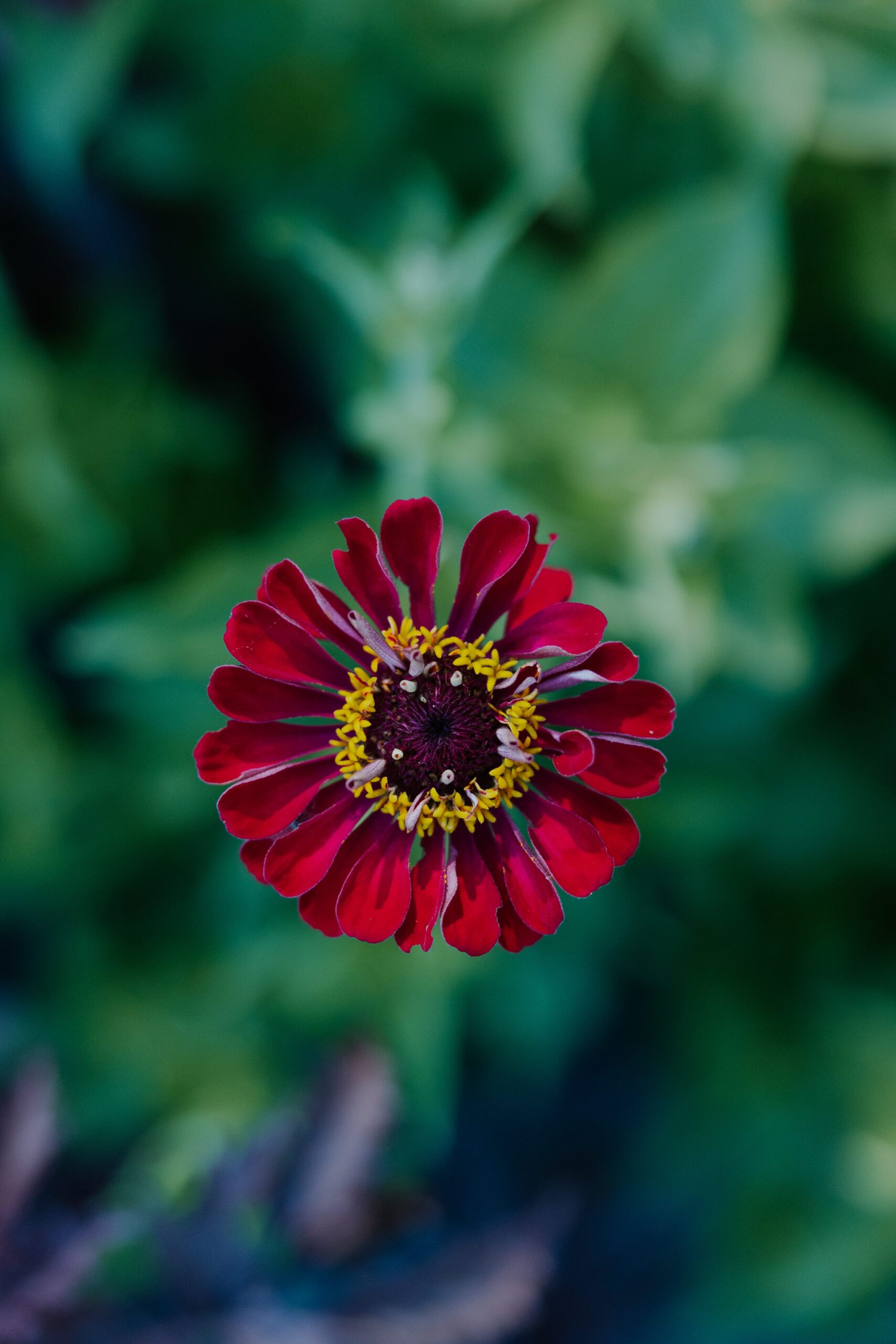
View comments
+ Leave a comment